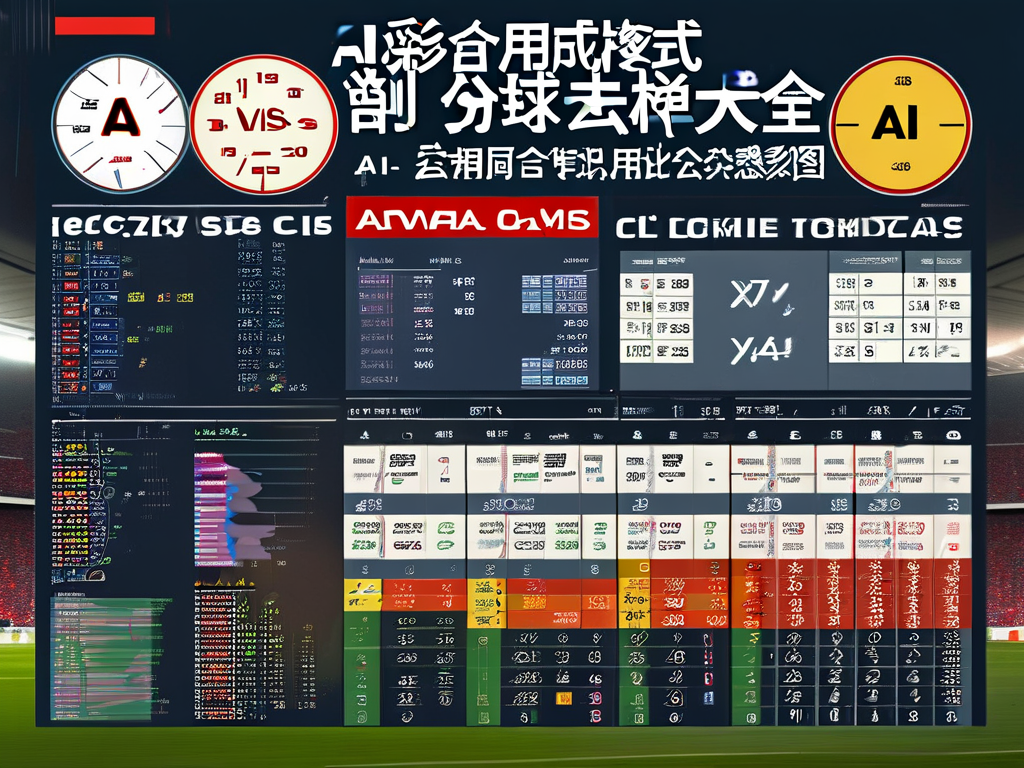In the rapidly evolving field of data analysis, algorithms serve as the backbone for extracting insights, predicting trends, and driving decision-making. Data analysts rely on a diverse toolkit of algorithms to solve problems across industries. Below, we explore the most commonly used algorithm categories, their applications, and why they matter.
1. Regression Algorithms
Regression algorithms model relationships between variables to predict numerical outcomes. Key examples include:
- Linear Regression: Predicts continuous values (e.g., sales forecasts) by fitting a linear equation to data.
- Logistic Regression: Classifies binary outcomes (e.g., "yes/no") using a sigmoid function, widely used in marketing and risk assessment.
- Polynomial Regression: Captures non-linear relationships by fitting higher-degree polynomial equations.
These algorithms are foundational for trend analysis and hypothesis testing. Analysts often pair them with techniques like regularization (e.g., Ridge or Lasso) to prevent overfitting.
2. Classification Algorithms
Classification algorithms categorize data into predefined classes. Popular choices include:
- Decision Trees: Uses hierarchical splits to classify data (e.g., customer segmentation).
- Random Forests: An ensemble method combining multiple decision trees for higher accuracy.
- Support Vector Machines (SVM): Identifies optimal hyperplanes to separate classes, effective in image recognition.
- Naïve Bayes: Applies Bayesian probability for spam detection or sentiment analysis.
These algorithms power applications like fraud detection, medical diagnosis, and recommendation systems.
3. Clustering Algorithms
Clustering groups unlabeled data based on similarity. Widely used algorithms include:
- K-Means: Partitions data into k clusters, ideal for market segmentation.
- Hierarchical Clustering: Builds tree-like structures to analyze nested groupings (e.g., biological taxonomy).
- DBSCAN: Detects clusters of arbitrary shapes while filtering noise.
Clustering helps uncover hidden patterns in customer behavior, social network analysis, and anomaly detection.
4. Dimensionality Reduction Algorithms
High-dimensional data often requires simplification. Key techniques include:
- Principal Component Analysis (PCA): Transforms data into orthogonal components to retain maximum variance.
- t-SNE: Visualizes high-dimensional data in 2D/3D space, popular for exploratory analysis.
- Autoencoders: Neural networks that compress and reconstruct data, useful in image processing.
These methods improve computational efficiency and mitigate the "curse of dimensionality."
5. Time Series Algorithms
Time-dependent data demands specialized approaches:
- ARIMA (AutoRegressive Integrated Moving Average): Forecasts trends by analyzing autocorrelation and seasonality.
- Exponential Smoothing: Weighted averages prioritize recent observations for short-term predictions.
- Prophet: Facebook’s open-source tool for business forecasting with holiday effects and trend shifts.
Industries like finance, retail, and energy rely on these algorithms for inventory management and demand planning.
6. Association Rule Learning
These algorithms identify relationships in transactional data:
- Apriori: Discovers frequent item sets (e.g., "customers who buy X also buy Y").
- FP-Growth: A faster alternative to Apriori using tree structures.
Retailers use association rules for basket analysis and cross-selling strategies.
Choosing the Right Algorithm
Selecting an algorithm depends on factors like data type, problem complexity, and interpretability needs. For instance:

- Use logistic regression for transparent, explainable models in regulated industries.
- Opt for random forests when accuracy outweighs interpretability.
- Apply clustering to exploratory projects with unlabeled data.
Mastering these algorithm categories equips data analysts to tackle diverse challenges—from predicting stock prices to optimizing marketing campaigns. While new techniques like deep learning gain traction, traditional algorithms remain indispensable due to their simplicity, speed, and interpretability. Continuous learning and hands-on practice are key to staying ahead in this dynamic field.










